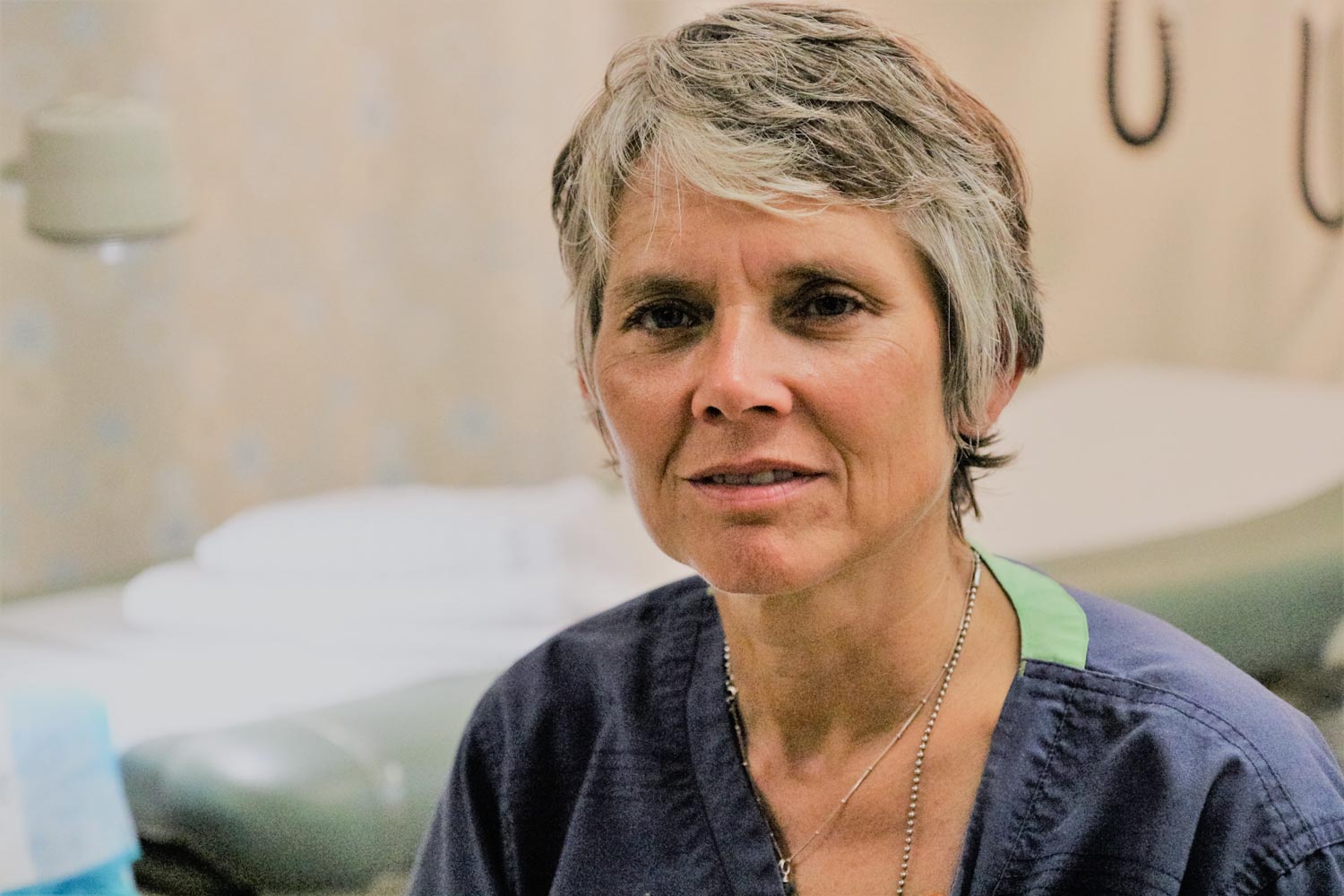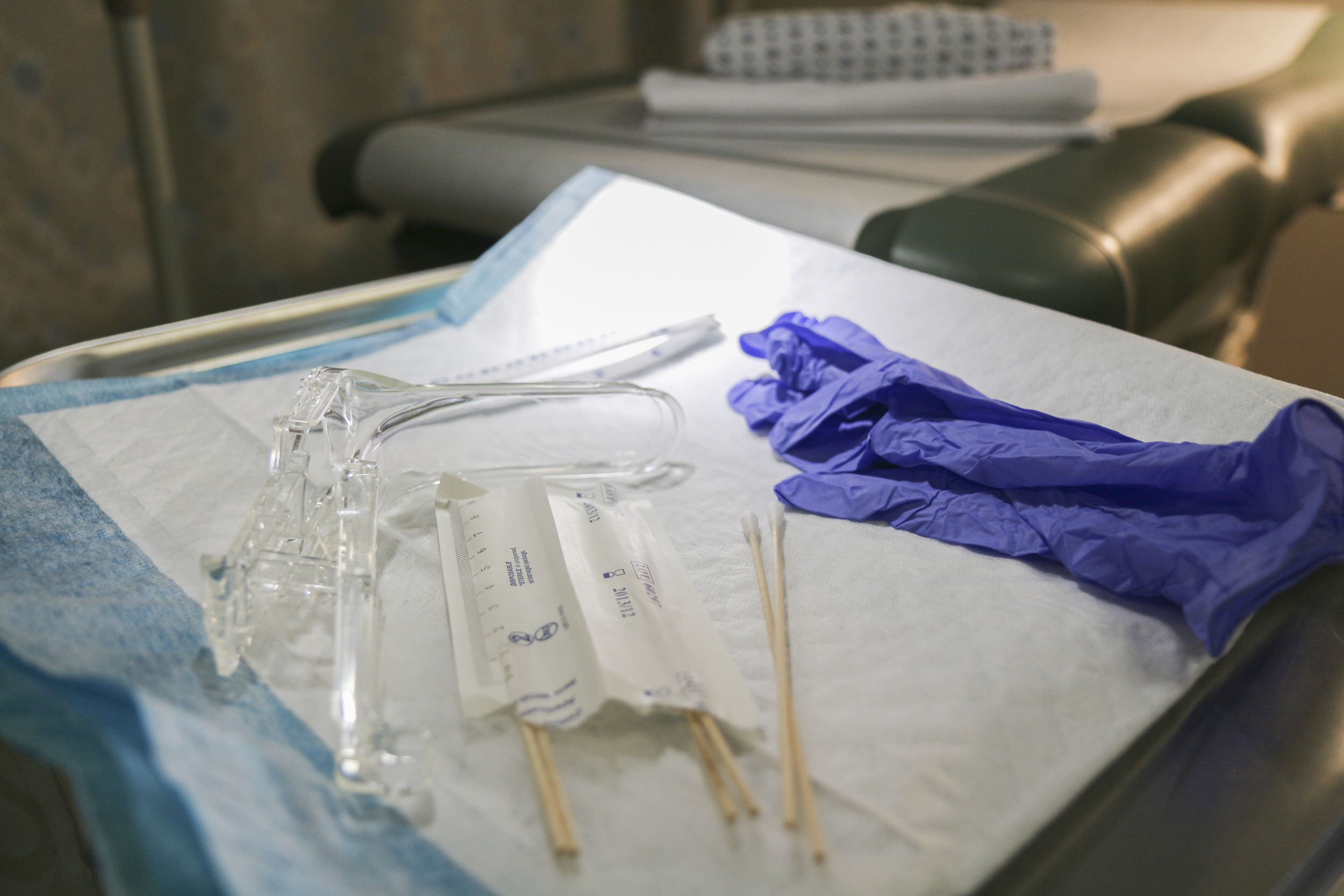Of the 25 percent of women worldwide who experience abuse, some 13 million are survivors of strangulation. These women are also 7½ times more likely to be murdered by their spouses or partners than abused women who aren’t strangled, so it’s a critical sub-group in need of legal advocacy, said University of Virginia nursing professor Kathryn Laughon, a forensic nurse examiner at the UVA Medical Center who received a $726,000 grant from the U.S. Department of Justice to study the phenomenon.
Television shows often depict victims of this type of abuse with bruising around the face and neck. But in real life, non-lethal strangulation is notoriously difficult to document, given that it often leaves little obvious physical evidence. Some who have survived strangulation have broken capillaries (“petechiae”) on their ears and in their eyes, suffer from hoarseness, have trouble swallowing, or have small cuts inside their mouths, but often there are few other verifiable signs. Some women may not even recall whether they were strangled or not, much like car crash victims who cannot remember specific details leading up to the accident.

Forensic nurse examiner Kathryn Laughon is leading an effort to better identify cases of attempted strangulation, backed by a $726,000 grant from the U.S. Department of Justice. (School of Nursing photo)
Laughon’s project will examine data to better characterize which physical features are highly indicative of attempted strangulation. Non-lethal strangulation is a felony in 45 states (but not, however, in North Dakota, Ohio, South Carolina, Kentucky, Maryland and the District of Columbia), so to successfully prosecute domestic abusers who strangle their victims, these subtle findings must be documented and validated for their high association with strangulation.
“Without careful documentation of the findings and expert testimony in court later, a woman can be strangled to the point she’s unconscious, and prosecutors may not have what they need for a strangulation conviction,” said Laughon, who’s concurrently studying brain injuries suffered during strangulation. “That’s a problem. If you strangle someone, you are dangerous.”
Over the three years of the grant, Laughon will first establish a forensic database documenting specific injuries from women who do and do not report strangulation. Then, with Karen Kafadar, Commonwealth Professor of Statistics at UVA, she’ll develop and validate statistical models to better identify constellations of injury patterns that suggest strangulation. Finally, Laughon will create and disseminate guidelines to providers, forensic examiners, prosecutors, defense attorneys and judges so they may better recognize, understand and document the presence of strangulation for use in evidentiary proceedings.
While eager to advocate for women who suffer from strangulation, Laughon and her colleagues are painstakingly careful in their approach, recalling the questionable “shaken baby” prosecutions in the 1990s as a model of what not to do.
“For shaken baby, there’s a triad of symptoms, all of them very concerning,” Laughon said. “But as the science evolved, we learned about other explanations for those findings. I want the science for strangulation to be strong, so that we are holding the right offenders accountable.”
Their statistical approach mirrors how the field of forensic science is progressing, too. Strangulation models ought not to provide only two choices, Laughon said – “Not a ‘She was definitely strangled’ or ‘She was definitely not strangled’ sort of approach” – but a scientific way to express the likelihood of one outcome versus the other.
“You can never be 100 percent certain,” Laughon said. “As an expert, I cannot testify that something has happened, or not – I wasn’t there. What I can say, however, is that certain features appear to be consistent with attempted strangulation. We want to do better than that. With this project, we’ll provide a validated statistical assessment for whether strangulation has occurred, which, currently, we lack.”
Media Contact
Article Information
November 6, 2018
/content/what-strangulation-looks

